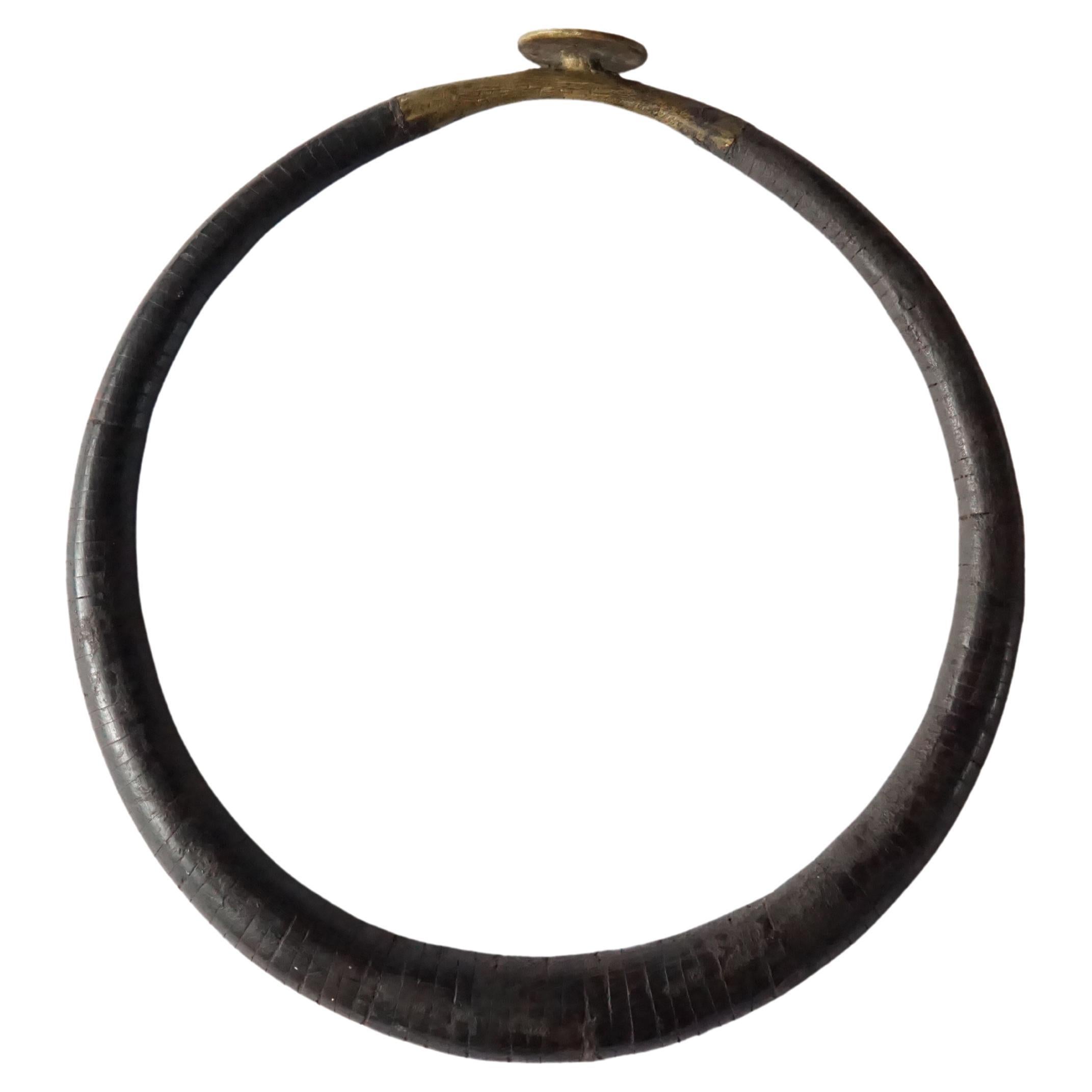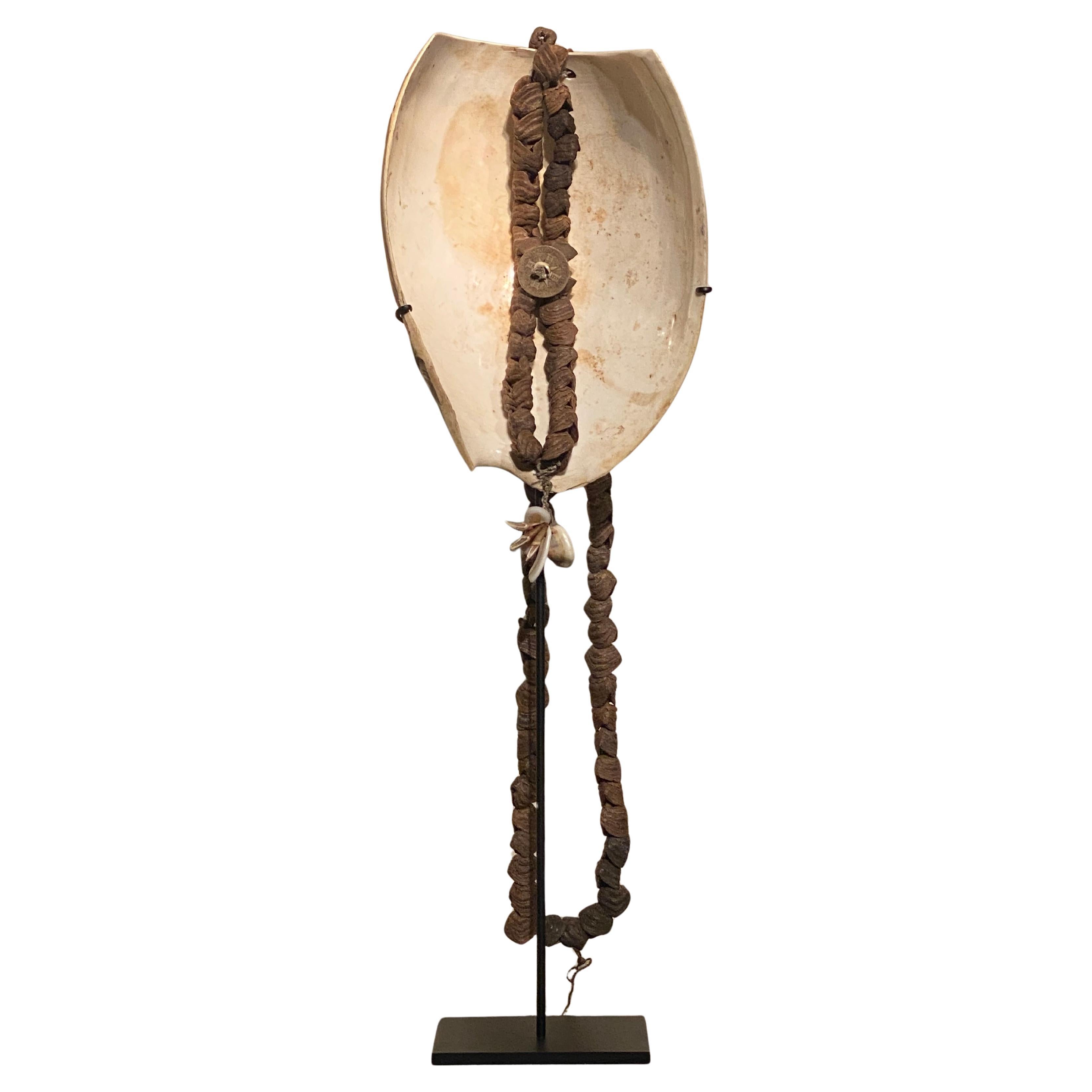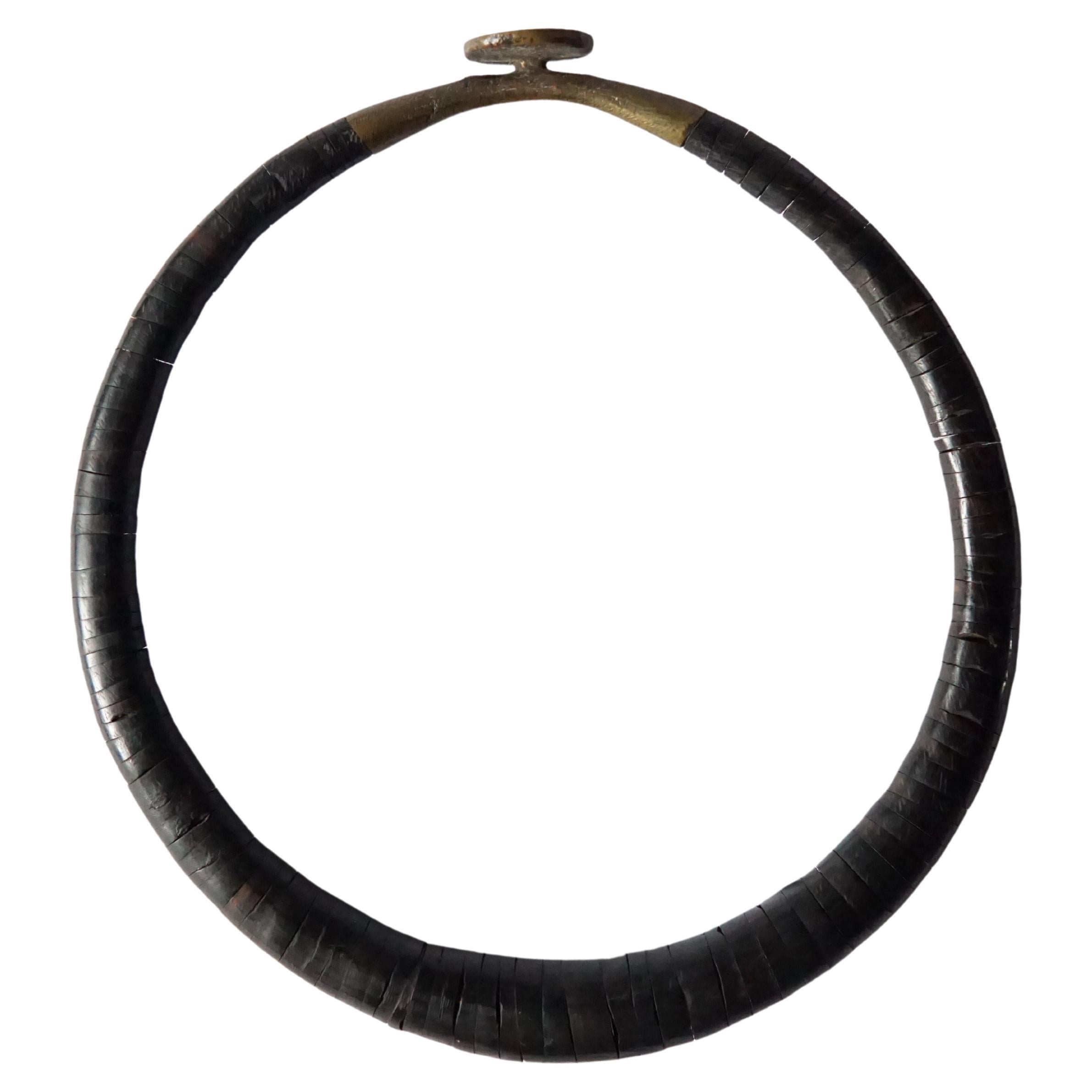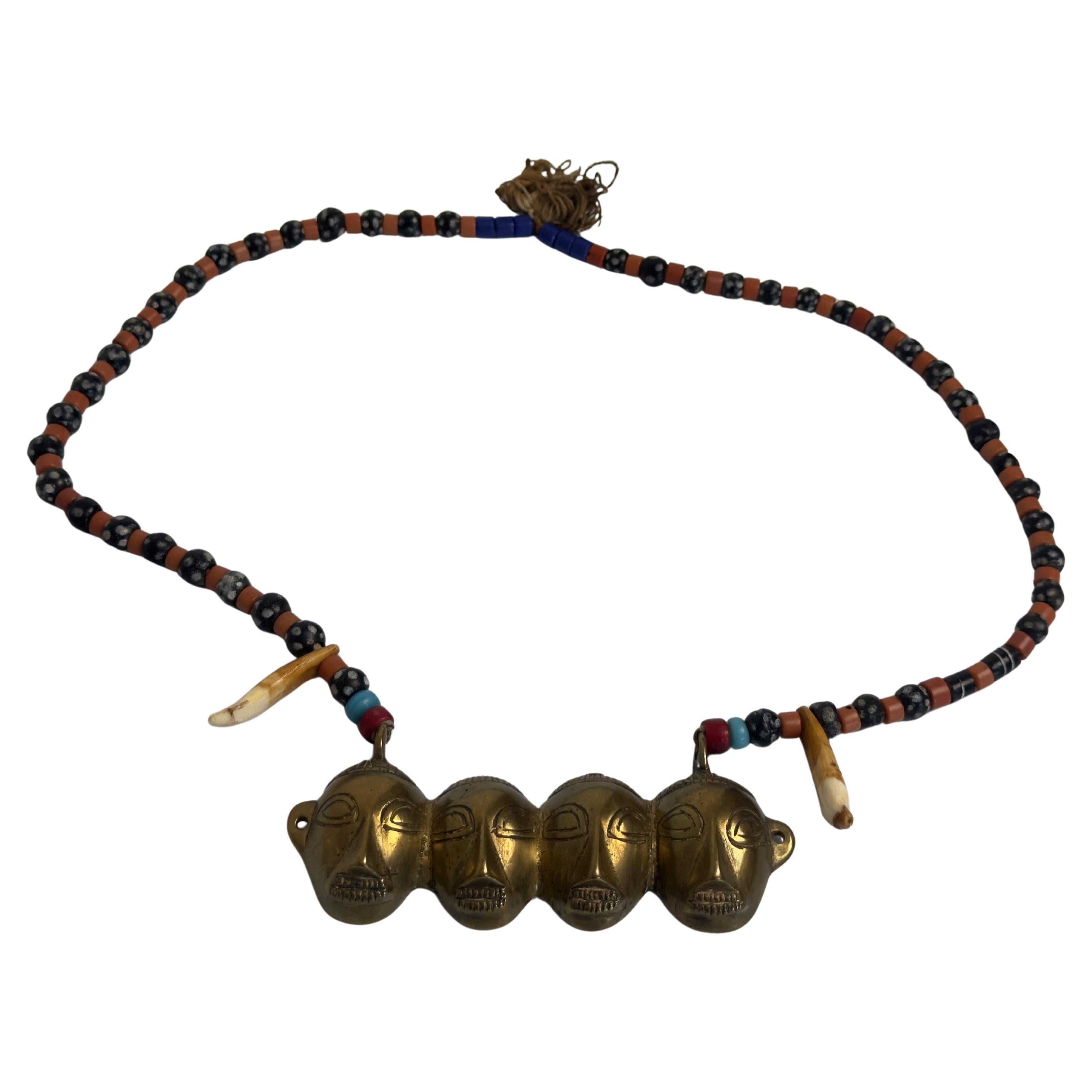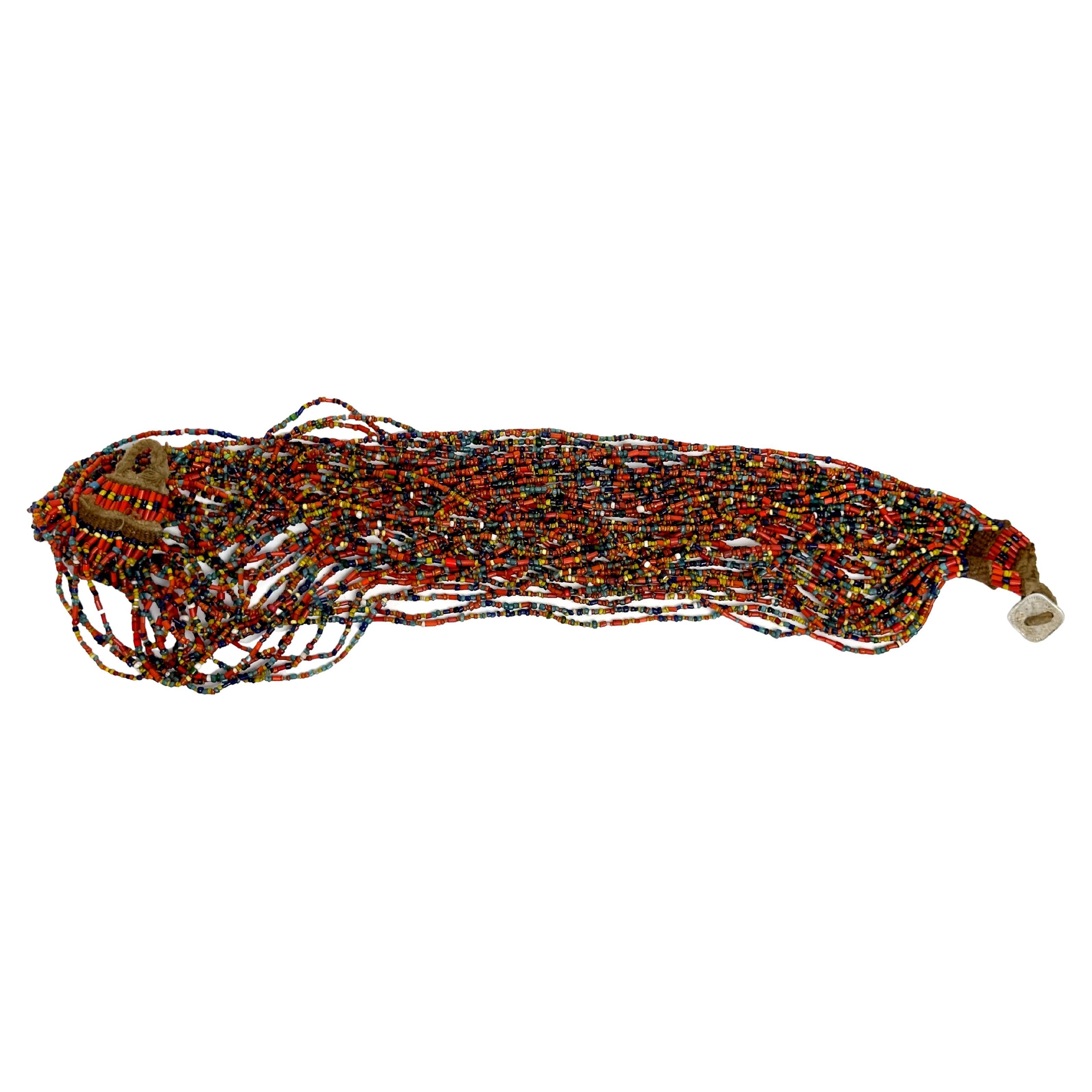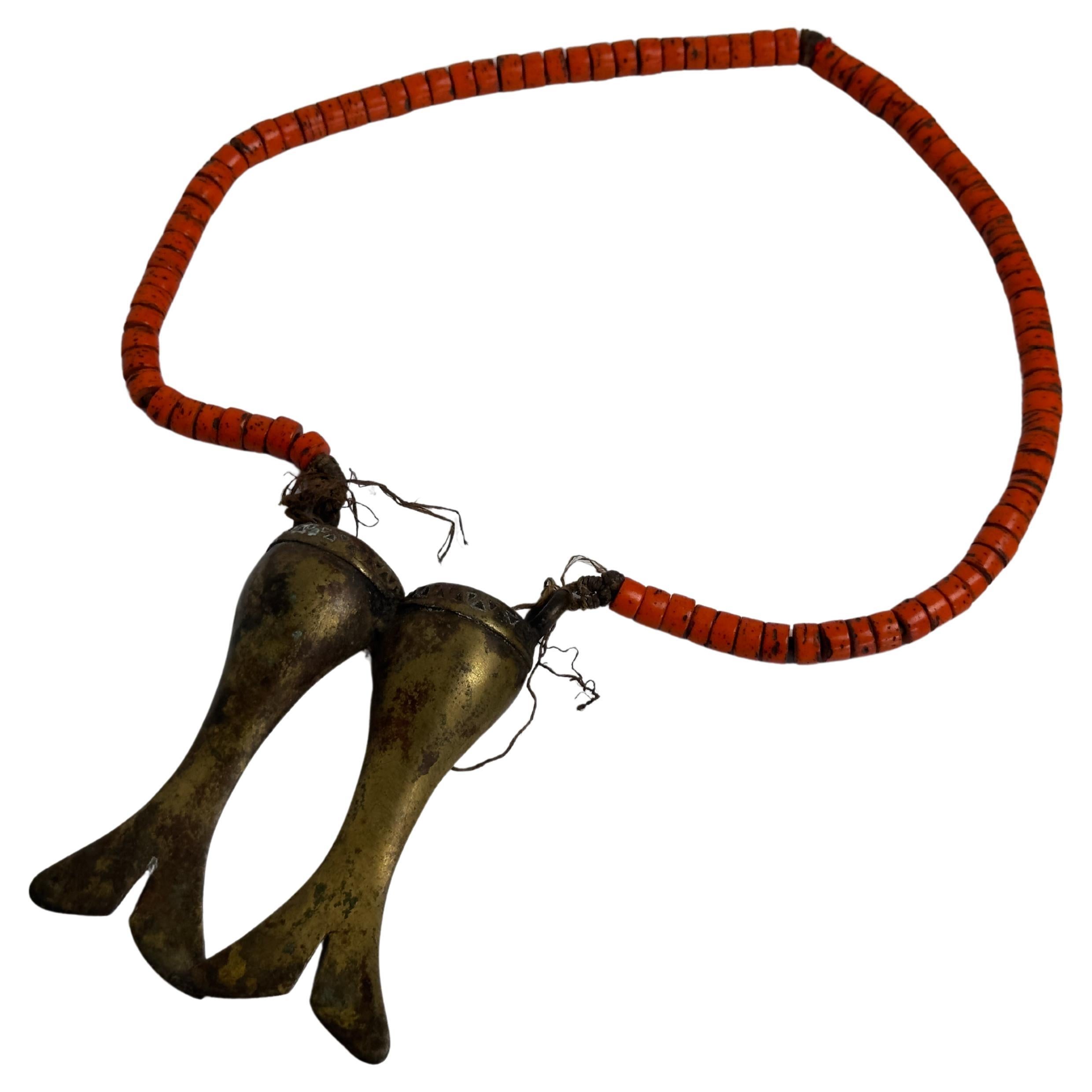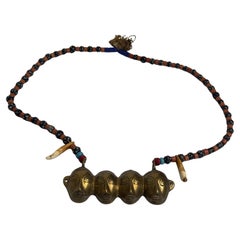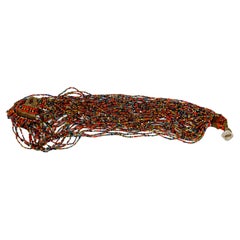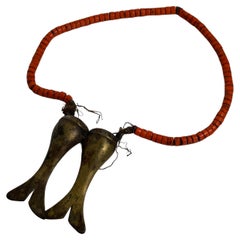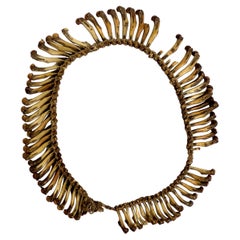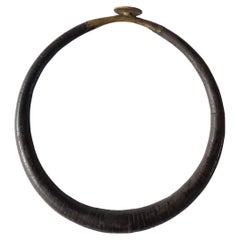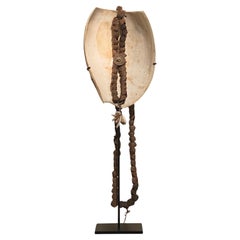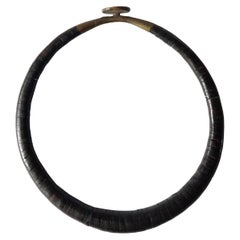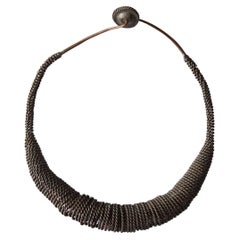Items Similar to Konyak naga-necklace with brown beads
Want more images or videos?
Request additional images or videos from the seller
1 of 4
Konyak naga-necklace with brown beads
$566.07
£423.72
€480
CA$779.07
A$868.36
CHF 455.60
MX$10,604.04
NOK 5,768.84
SEK 5,452.43
DKK 3,654.10
About the Item
Naga Konyak, North-India, early 20th century
The Konyaks, the largest of the Naga ethnic groups, reside primarily in the districts of Tirap, Longding, and Changlang in Arunachal Pradesh; Sibsagar in Assam; and the Naga Self-Administered Zone in Myanmar. In Arunachal Pradesh, they are also referred to as the Wanchos, a synonymous term for 'Konyak.' The Nocte and Tangsa communities of neighboring Arunachal Pradesh are closely related to the Konyaks, sharing ethnic, cultural, and linguistic ties.
Historically, the Konyaks were the last among the Naga groups to adopt Christianity. In earlier times, they were known for their headhunting practices, often raiding nearby villages, which frequently led to conflicts and the decapitation of rival warriors. These severed heads were taken as trophies and prominently displayed in the baan, or communal house, symbolizing a warrior’s power and valor. Such expeditions were deeply rooted in a code of honor, loyalty, and sacrifice.
Today, the Konyak community is known for its structured and disciplined lifestyle, with each member fulfilling distinct roles and responsibilities that support the collective wellbeing.
- Dimensions:Height: 11.03 in (28 cm)Diameter: 11.03 in (28 cm)
- Materials and Techniques:
- Place of Origin:
- Period:
- Date of Manufacture:Early 20th century
- Condition:Wear consistent with age and use.
- Seller Location:Amsterdam, NL
- Reference Number:1stDibs: LU5458242061022
About the Seller
5.0
Recognized Seller
These prestigious sellers are industry leaders and represent the highest echelon for item quality and design.
Established in 1985
1stDibs seller since 2020
23 sales on 1stDibs
Typical response time: 2 hours
- ShippingRetrieving quote...Shipping from: Maastricht, Netherlands
- Return Policy
Authenticity Guarantee
In the unlikely event there’s an issue with an item’s authenticity, contact us within 1 year for a full refund. DetailsMoney-Back Guarantee
If your item is not as described, is damaged in transit, or does not arrive, contact us within 7 days for a full refund. Details24-Hour Cancellation
You have a 24-hour grace period in which to reconsider your purchase, with no questions asked.Vetted Professional Sellers
Our world-class sellers must adhere to strict standards for service and quality, maintaining the integrity of our listings.Price-Match Guarantee
If you find that a seller listed the same item for a lower price elsewhere, we’ll match it.Trusted Global Delivery
Our best-in-class carrier network provides specialized shipping options worldwide, including custom delivery.More From This Seller
View AllA beaded Naga 'Headhunter' trophy necklace
Located in Amsterdam, NL
Nagaland, North-east India, early 20th century
A necklace comprised of glass beads, two dog tooth and a brass face pendant. The four headed pendant symbolises decapitated head-troph...
Category
Antique 19th Century Indian Tribal Art
Materials
Brass
A very colourful beaded necklace
Located in Amsterdam, NL
Bonda people, Orissa, early 20th century
The Bonda people are an indigenous tribal group predominantly found in the hilly areas of Malkangiri district in Odisha (Orissa), India. Recognized as one of the oldest and most traditional tribes in the country, they are often regarded as part of the "Adivasi," or the original inhabitants of the region.
Bonda women are renowned for their distinctive traditional attire and adornments. They wear a minimal garment called nala around their waist and embellish themselves with heavy jewelry crafted from beads, metal, and coins. Their hair is typically styled into a bun and covered with a beaded headpiece...
Category
Early 20th Century Indian Tribal Art
Materials
Metal
Naga Konyak double fish tail trophy necklace
Located in Amsterdam, NL
Nagaland, North-east India, early 20th century
Made of old glass beads with a bronze adornment in the shape of a double fish tail.
Provenance:
- Collection Rinck Hollnberger, Munic...
Category
Antique 19th Century Indian Tribal Art
Materials
Bronze
An Asmat ceremonial trophy necklace
Located in Amsterdam, NL
Asmat People, South Papua, Indonesia, probably late 19th century
The Asmat people of Papua are known for creating "trophy necklaces," intricate pieces often made from human bones an...
Category
Antique Late 19th Century Indonesian Tribal Art
Materials
Bone, Natural Fiber
Two Naga hunting trophy chains
Located in Amsterdam, NL
Nagaland, North-east India, early 20th century
Probably made from dogteeth.
Category
Early 20th Century Indian Tribal Art
Materials
Shell, Beads, Teeth
A Naga necklace made of red glass paste beads and bronze trumpets
Located in Amsterdam, NL
Ao tribe, Nagaland, Eastern India, Early 20th century
Made from red glass paste beads and bronze trumpets and bells.
The Ao tribe primarily inhabits the Mokokchung district of Naga...
Category
Early 20th Century Indian Tribal Art
Materials
Bronze
You May Also Like
Nias 'Kalabubu' Coconut & Brass Headhunter Necklace
Located in Jimbaran, Bali
This 'Kalabubu' necklace, also known as the 'head-hunter' necklace made out of coconut and brass is the most important ornament for the men of Southern Nias Island, North Sumatra...
Category
Early 20th Century Indonesian Tribal Tribal Art
Materials
Brass
Large Necklace from Papua New Guinea
Located in Schellebelle, BE
A beautiful Necklace made out of Shell from Papua New Guinea,
decorated with a long chain of seeds and a metal coin,
great old and used patina of the shell,
very decorative object
Category
Vintage 1960s Asian Tribal Art
Materials
Shell
Nias 'Kalabubu' Coconut & Brass Headhunter Necklace
Located in Jimbaran, Bali
This 'Kalabubu' necklace, also known as the 'head-hunter' necklace made out of coconut and brass is the most important ornament for the men of Southern Nias Island, North Sumatra...
Category
Early 20th Century Indonesian Tribal Tribal Art
Materials
Brass
Nias Tribe 'Nifatali-tali' Hand-Woven Wire Necklace, Indonesia c. 1900
Located in Jimbaran, Bali
This 'Nifatali-tali' necklace is a type of necklace worn by the people of Northern Nias Island, North Sumatra. This necklace is equally worn by men and w...
Category
Early 20th Century Indonesian Tribal Tribal Art
Materials
Brass
Late 19th to Early 20th Century Necklace, Angami People, Nagaland, India
Located in Point Richmond, CA
Late 19th to early 20th century Necklace, Angami people, Nagaland, India
Shell, carnelian, bone, glass beads
This substantial necklace from the Agami people has seven rows of carnel...
Category
Antique Late 19th Century Indian Artisan Pendant Necklaces
Antique Naga white heart bead necklace Konyak North India Asian Tribal Jewellery
Located in London, GB
This authentic antique Naga beaded necklace is a stunning multi-strand ceremonial adornment from the Konyak tribe of North East India. Crafted with traditional red and white-heart ...
Category
Early 20th Century Indian Collectible Jewelry
Materials
Glass, Beads
